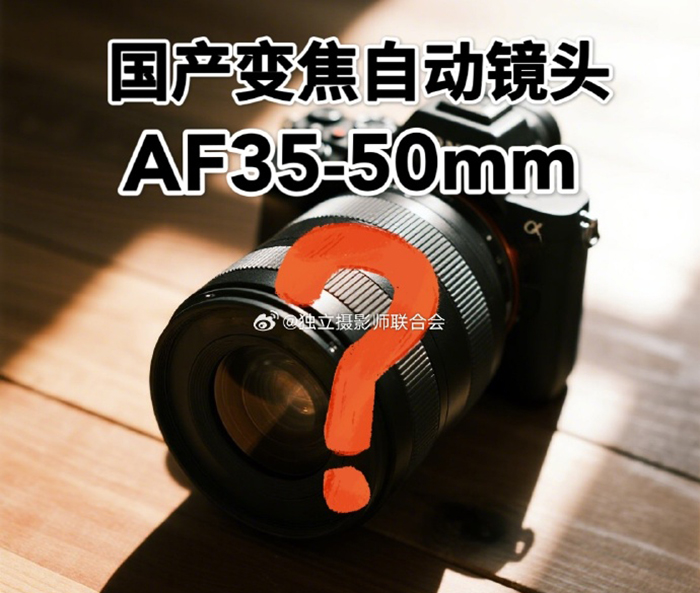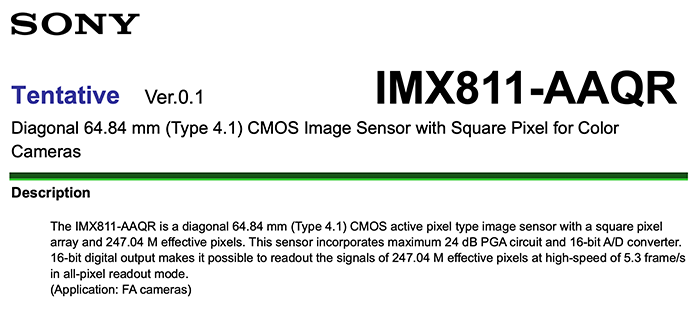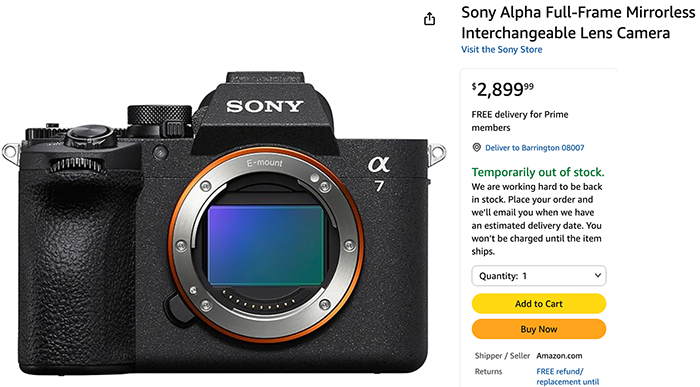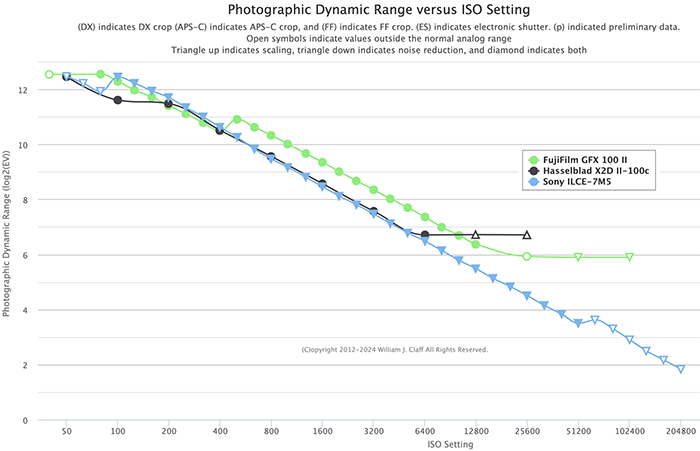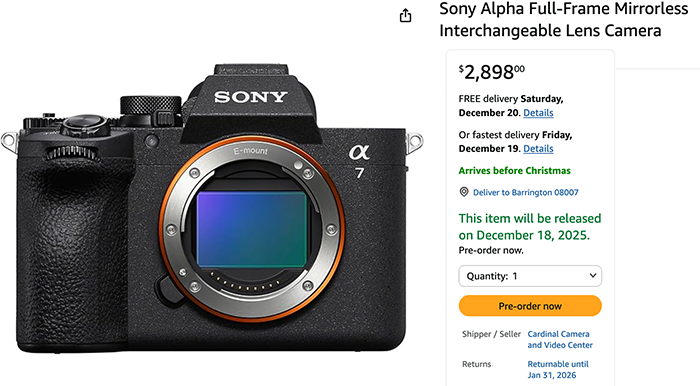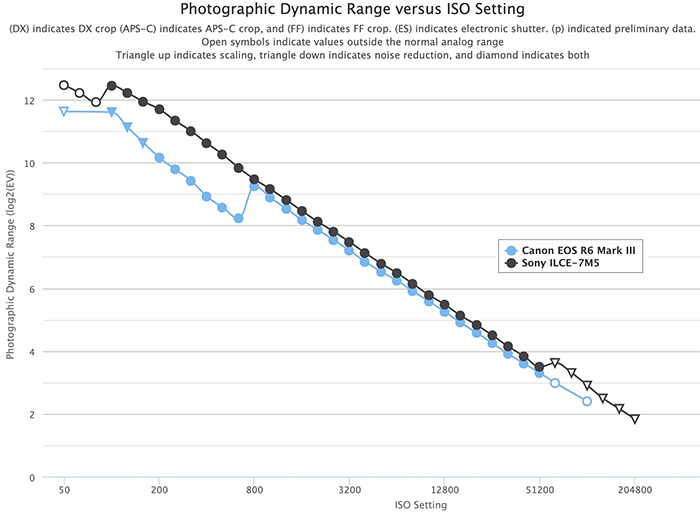Sony A7V gets fully dismantled: In some aspects it’s ahead of the Sony A1II
A Japanese expert dismantled the Sony A7V to analyze the build quality. Here are his findings:
- The inside of the back cover is now made of magnesium instead of the plastic used on the A7IV. That back cover has a thermal interface that allows the magnesium body to act as a large heatsink.
- The processor and Micron’s LPDDR5 memory are stacked together in a PoP (Package-on-Package) package.
- The AI processor is integrated just like on an Apple MacBook M1 chip.
- The motherboard is from AT&S, which also makes motherboards for iPhones.
- The mechanical shutter is supplied by Nidec Japan.
In this second video the tester did go even deeper into the nerdy tech of the new Sony A7V:
- LPDDR5 memory voltage is 0.6V compared to the Sony A7IV 0.5V. This means it can be faster, cooler and more powerful. That’s why it has reduced heat shielding.
- Cool nerdy tech: The slower USB 2.0 port is at the bottom and this is good news. Because if it breaks it’s cheaper to repair.
- It has abandoned the “flawed” A7IV shutter design in favor of the same and newer A7rV shutter. Although it uses still a “plastic” motor drive.
Overall, the tester is impressed by the quality, which in some aspects even surpasses that of the $7000 Sony A1II.
–
Sony A7V preorders:
In USA at at BHphoto, Amazon, Adorama, Henrys.
In EU at Fotokoch, FotoErhardt, Calumet, Foto Köster, WexUK, Clifton, Park UK, Fnac FR.
In Australia at: Camera Pro, Sony Australia.
